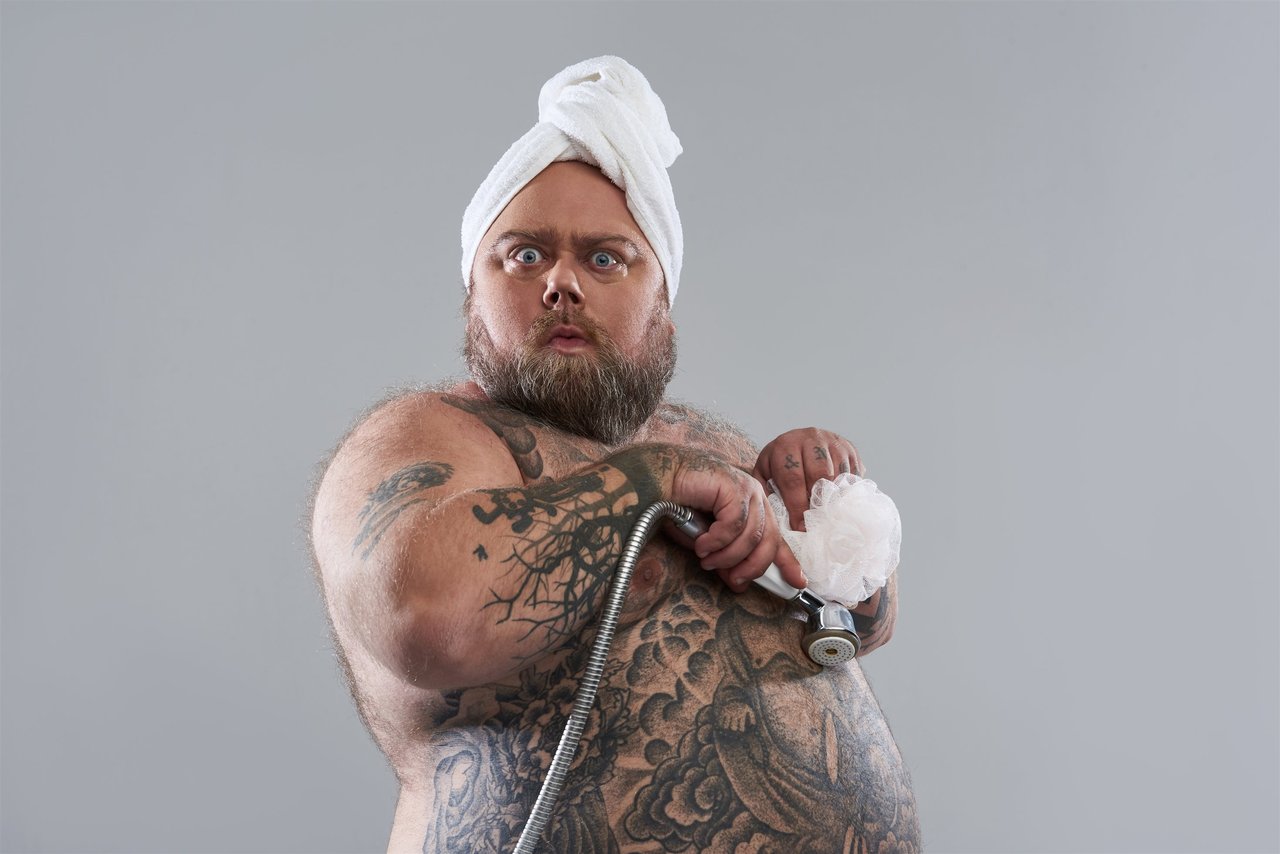Perineum sunning as a modern wellness trend connecting sunlight and energy
Perineum sunning has been gaining attention in wellness circles as a unique practice involving exposing the perineal area to direct sunlight. Rooted in the idea that sunlight holds vital energy, this trend claims to boost vitality by targeting one of the body’s sensitive zones. People discuss perineum sunning as a way to enhance energy flow, inspired partly by ancient philosophies and modern wellness influencers. At localsinglegays.com, this topic is emerging alongside other holistic health tips, reflecting curiosity about uncommon self-care methods. While it might sound unusual, the focus on direct sunlight and its potential energetic effects aligns with a broader search for natural wellness. Understanding terms like perineal sun exposure, vitamin D perineum sunning, and spiritual energy perineum sunning sets the stage for evaluating whether this practice is worth exploring or should be approached with caution.
What are perineal sunning risks and why caution is essential
Perineal sunning risks cannot be overlooked when considering this intimate exposure to direct sunlight. The perineum, being highly sensitive skin, is vulnerable to sunburn and irritation, which might not be easily visible during the act. Increased skin cancer risk is another serious concern, particularly when sun protection isn’t prioritized. The difficulty in monitoring the sun's intensity and the skin's reaction in that area complicates safety further. Sun protection measures, like applying SPF and limiting exposure time, are critical, yet it's hard to fully guarantee safety given the area's sensitivity. Before embracing this unconventional wellness practice, weighing these risks against supposed benefits is vital. Responsible perineal sun exposure means understanding the dangers clearly and considering alternative ways to achieve similar health goals.





